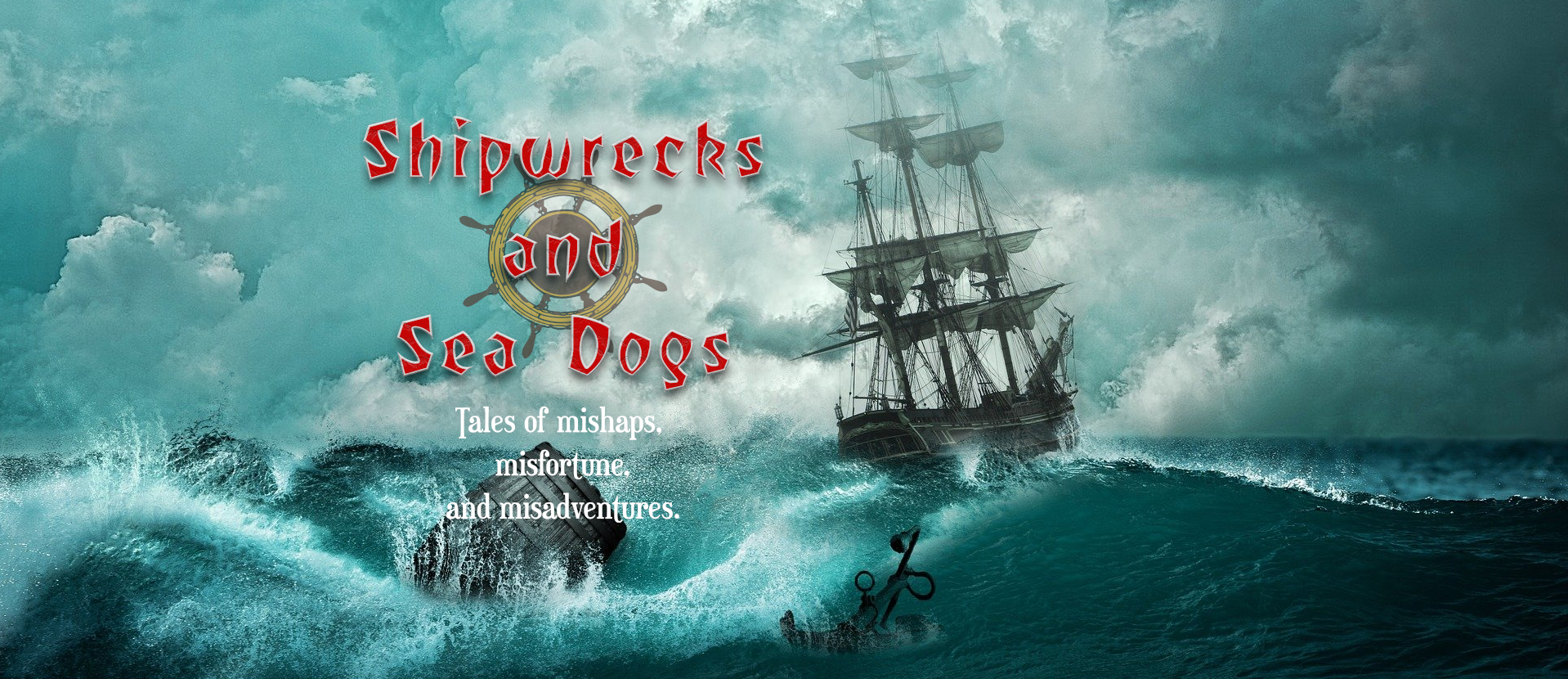On December 6, 1917, the French cargo ship SS Mont Blanc suddenly exploded in Halifax Harbour, producing catastrophic destruction to the city and surrounding neighbourhoods. The ship was carrying explosives including TNT, picric acid, benzol, and gun cotton, as it was in-bound to the port.

The Norwegian ship SS Imo was outbound for New York to pick up war-relief provisions for Belgium. In the channel, sometimes referred to as “The Narrows,” the two ships collided. The Mont Blanc caught fire and was grounded at the Halifax waterfront. People began to congregate at the shore to get a glimpse of the accident and the grounded ship, not knowing the flaming hulk was filled with explosives.
At 9:04 am, the Mont Blanc erupted into a massive explosion, with a force of 3 kilotons. Flaming petrol, iron, wood, and debris tore through the surrounding area at 1000 m per second, at a temperature of over 5000 °C. One of the ship’s guns was found 5.6 km away from the blast site. Over 2,000 people were killed, over 6,000 injured, and over 9,000 were left homeless. Every structure within 2.6 square km was utterly destroyed.
The explosion temporarily forced water out of the harbour, creating a tsunami of over 18 m high when the water rushed back in, causing further destruction and death. That night, a terrible blizzard hit the city, complicating search and rescue efforts. The Halifax Explosion was the largest man-mad explosion until the first atomic bomb was dropped in 1945. This terrible tragedy remains one of the worst man-made catastrophes in history.



